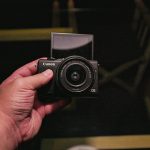So recently I have upgraded to the Canon R5, after using the iPhone 12 Pro Max exclusively for nearly a year. In this article, I’m going to go over what this camera does best, who should buy it, and who shouldn’t.
As a quick note, the B-roll footage of the R5 itself was filmed on the cheaper Canon R. The reason is because I couldn’t afford to buy two R5’s just to film the B-roll for the video above. But with that in mind, I’ll show plenty of photos and videos shot on the R5. Now, let’s get to the review, and start with the size and build.

Size & Build
The Canon R5 measures 138.5 x 97.5 x 88mm, and weighs approximately 738 grams with card and battery. It is by no means tiny compared to other cameras, but it packs a lot of stuff inside, and it’s really comfortable to hold.
Having shot on an iPhone 12 Pro Max exclusively for nearly a year before upgrading, it felt great to have a nice camera body in my hands once again.
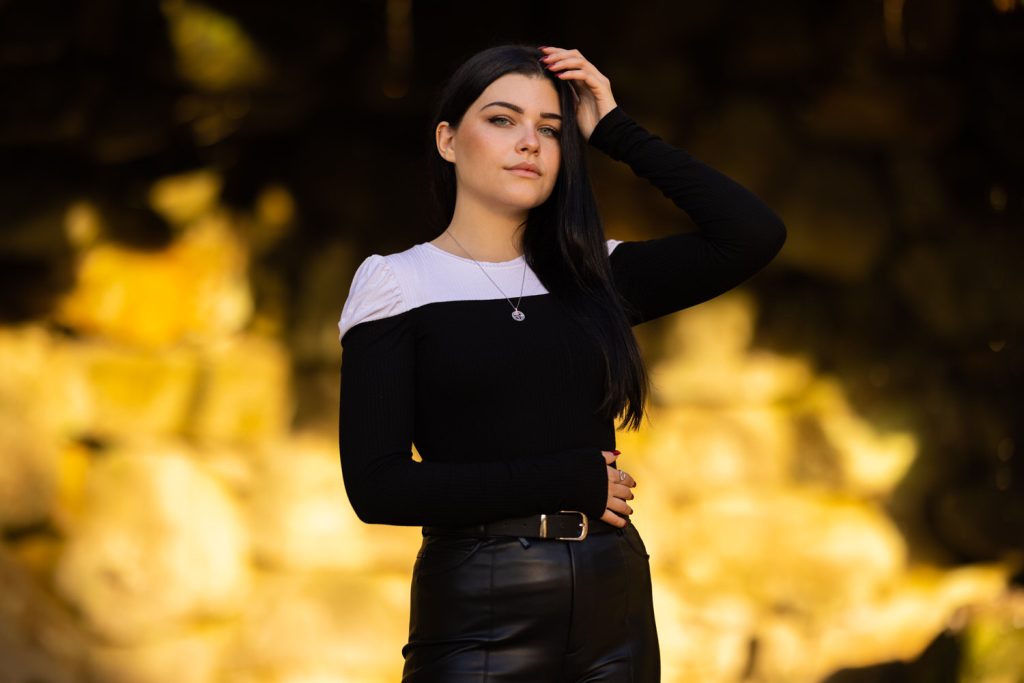
Image Quality
Now, it’s time to talk about the image quality on this camera. First off, you get 45 megapixels, which is pretty up there. Few cameras offer more than that.
In terms of video, first off I need to point out that the R5 can shoot uncropped 8K 12-bit RAW at 30 fps, internally. Yes, internally. You don’t need an external recorder in order to achieve this.
Also, yes, the legendary Canon autofocus works in all video modes, including 8K. This is amazing, as a lot of cameras can’t do autofocus when doing 4K.
As a quick sidenote in regards to the focus, it can detect people, mammals, and bird faces and eyes. This is far better than other cameras, such as Sonys for example, which requires you to select in a menu if you want it to find people, or animals. The R5 is smart enough to figure this out on its own, as it has been trained using machine learning.
In fact, whilst I was messing around with the camera in the back garden of the Airbnb I was staying at, I decided to film this statue. Believe it or not, when I glanced at the screen, the camera indicated to me that it was focusing on the eye of the statue.
The camera detected that that is supposed to be a human face, and it figured out which portion of it should be the eye.
Amazing.
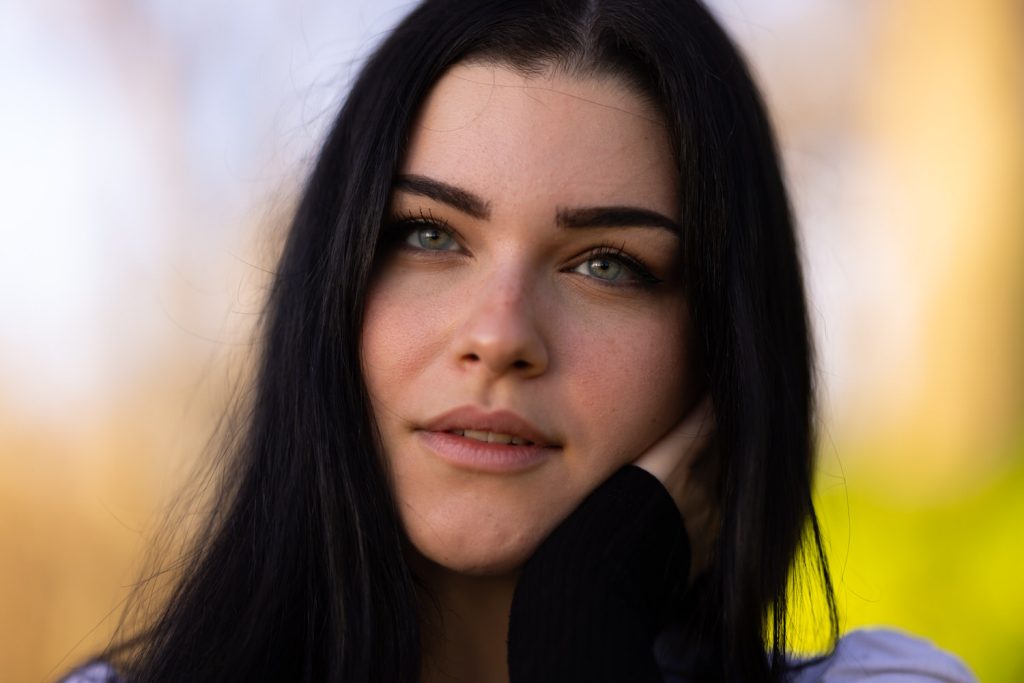
Next up, let’s talk about 4K. You can shoot up to 120 fps, which is mind-blowing, and much better than the Canon R for example, which can only do 4K at 60 fps.
It’s important to note that when shooting at 120 fps, there is no sound, and the camera slows the footage down for you. I like the fact that the camera does that, even though the files take up more space as a result, as it saves me a lot of time in post production.
In terms of 1080p, obviously you can also shoot at 120fps, and that is actually what I prefer to shoot in. Yes, this camera does 4K and 8K, but I shoot my videos in 1080p at 120 fps, and then I render them in 4K.
The reason is because the 1080p looks so good, that shooting in 4K right now isn’t worth it for me. Not only does the 4K take up huge amounts of space, but my 2019 i9 MacBook struggles with it in Premiere.
I know that I’m future proofed, and I might start shooting in 4K in a few years, but for now, I’ll stick with 1080p.
In terms of stabilisation, the Canon R5 actually has IBIS, or In-Body Image Stabilisation. In fact, it’s 5-axis In-Body sensor-shift Image Stabilisation.
When used with an RF image stabilised lens, Canon claims up to 8 stops of stabilisation improvement, though this may not necessarily happen when using the camera in real life. Just like with everything else, your milage may vary.
The RF lenses provide the best stabilisation overall, due to their improved communication with the body.
In practical terms, this means that when you use the R5 with an RF lens, you will get some amazing stabilisation, which for most people, eliminates the need to carry a gimbal.
This is useful for someone like me, who shoots a lot of B-roll of products, as the image stabilisation, combined with 120fps, produces some of the most buttery smooth footage I’ve ever seen.
If you want, you can enable digital stabilisation in-camera, but that’s not usually recommended, as it will crop the picture, and thus lower the quality of the image. It’s better to record shakier footage in-camera, and then stabilise it in post production if needed.
As technology improves over time, you’ll be able to get better results when stabilising in the future, whilst if you stabilise digitally in camera, you’re stuck with the stabilised footage.
In terms of RF lenses, I own two: the Canon RF 15-35mm f2.8 L IS USM, and the Canon RF 85mm f1.2 L USM. I use the 15-35mm lens for video, due to the IS on the lens, and I use the 85mm for most of my photography, especially portraits.
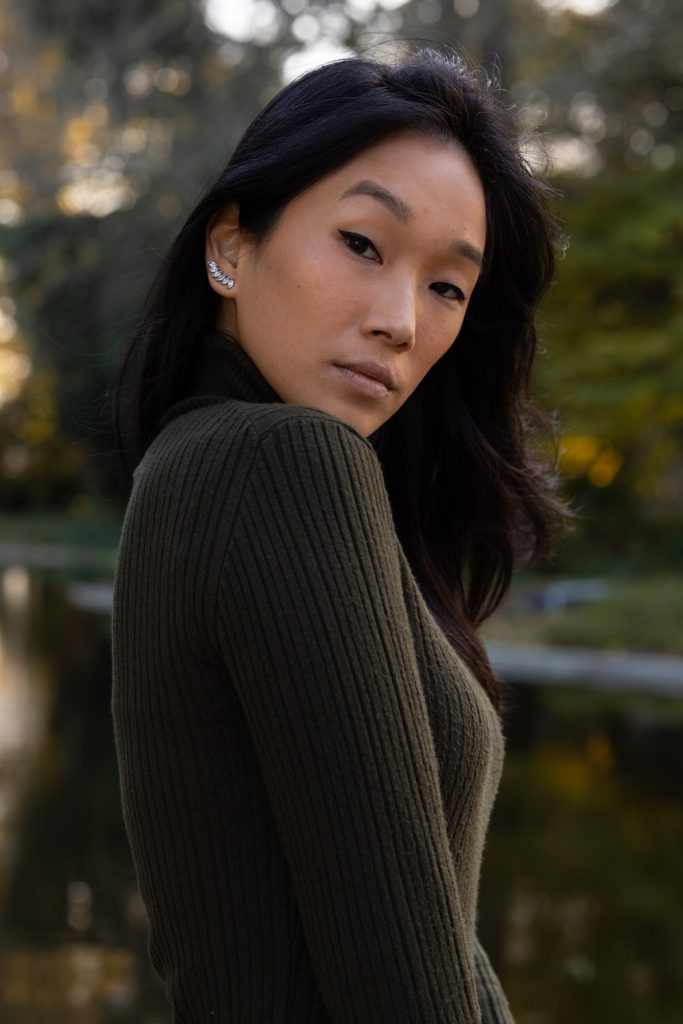
Shutter
A fun fact about the R5 is that the shutter closes with power-off to keep dust off the sensor when changing lenses. Even better, a menu option lets you choose if the shutter stays open or closes when the camera is turned off.
Display
In terms of display, round the back of the camera you can find a 3.15 inch screen with 2.1 million dots. In addition to that, Canon has stuck with its fully-articulated side-hinged design, which makes it ideal when capturing something from awkward angles.
The fully-articulated screen is also sensitive to touch, which allows you to operate the camera far more instinctively if you’re a newcomer.
Storage
The R5 features two card slots, one for an SD card, and one Type-B CFexpress card slot, as 4K @ 120fps and above needs higher speeds than SD cards can provide.
This is an improvement over the Canon R, which only offered one slot, despite being in the pricier range.
By the way, be warned that Type-B CFexpress cards are quite expensive. If you want to check them out, I’ve included links down below for everything that I’ll talk about in this video.
Battery Life
In terms of batteries, the R5 uses the new LP-E6NH batteries, which are the same size as the earlier LP-E6N, but pack around 15% longer battery life.
From what I’ve read, this isn’t necessarily due to an improvement to the batteries themselves, but due to the fact that the R5 software is much more efficient, thus drawing 15% less power.
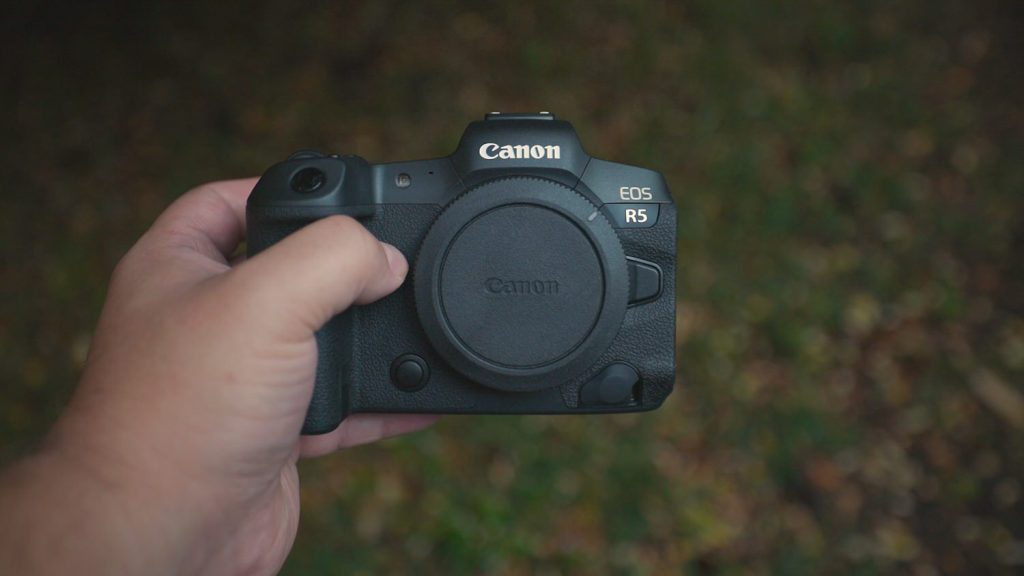
Longevity
In terms of longevity, the first thing I want to address is the number of actuations at which this camera is rated. That number is 300,000, which is way higher than most cameras. I’ve read conflicting reports online about this, as some sources say the camera is actually rated at 500,000 actuations. Regardless, it’s a lot, and most people will be able to use the camera for years and tears without having to worry about it.
That number of actuations is the average amount of photos you can take before the shutter fails. Sometimes it happens sooner, sometimes it happens later. In order to exhaust the expected shutter life of the Canon R5 over say, 5 years, you’d have to take around 150 photos every single day.
The camera body is also weather-sealed in a way that is similar to that of the 5D series, which is good, but I wouldn’t use it outside in the pouring rain.
In regards to the overheating issue, this was mostly corrected with a firmware patch, so make sure you have the most recent one on your camera.
Also, the issue mostly occurred when shooting 4K and up, especially with 8K. Most cinema cameras which shoot 4K and 8K have built-in fans, to help disperse heat, whilst the R5 does not.
I’ve ran a test where I recorded 3 x 30min clips in a row in 1080p at 60 fps. At the end of the test, the camera was noticeably warmer, compared to it being cold when I started, but it was by no means ‘hot’. Obviously no overheating took place during the test, and some heat is normal, as it is an electronic device.
In other words, I wouldn’t worry about overheating in 1080p, unless you’re shooting continuously for hours at a time, with no breaks, in a very hot climate.
Just like with everything else, your mileage may vary.
Conclusion
In conclusion, should you buy the Canon R5? On one hand, the camera is amazing, the video and the photos that it produces are out of this world, and the RF glass works in tandem with the camera, helping you produce top notch work.
On the other hand, the camera is very expensive, and so is the RF glass. Also, the battery life can be a bit of an issue sometimes. For any professional use, I’d recommend packing spares.
If you’re a beginner, this camera isn’t for you. In order to get started, you can spend a lot less money on something like the Canon 77D, which I’ve reviewed.
If, on the other hand, you are a professional, or a serious amateur, and you need a top notch hybrid camera, in my opinion, the R5 is for you.
If you’d like to have a look at any of the products mentioned in this video, or you would like to know how much they cost in your country, you can find affiliate links down below.
Do you have any questions? Don’t forget to leave them down below, and I’ll do my best to get back to you.
Thank you for reading my review of the Canon EOS R5. I invite you to have a look at some of my other articles. We have something for everyone, whether you’re interested in audio, or cameras and lenses. Alternatively, if you prefer video reviews, feel free to have a look at my YouTube channel.
Product Links
Down below you will find all of the items mentioned in this article.


